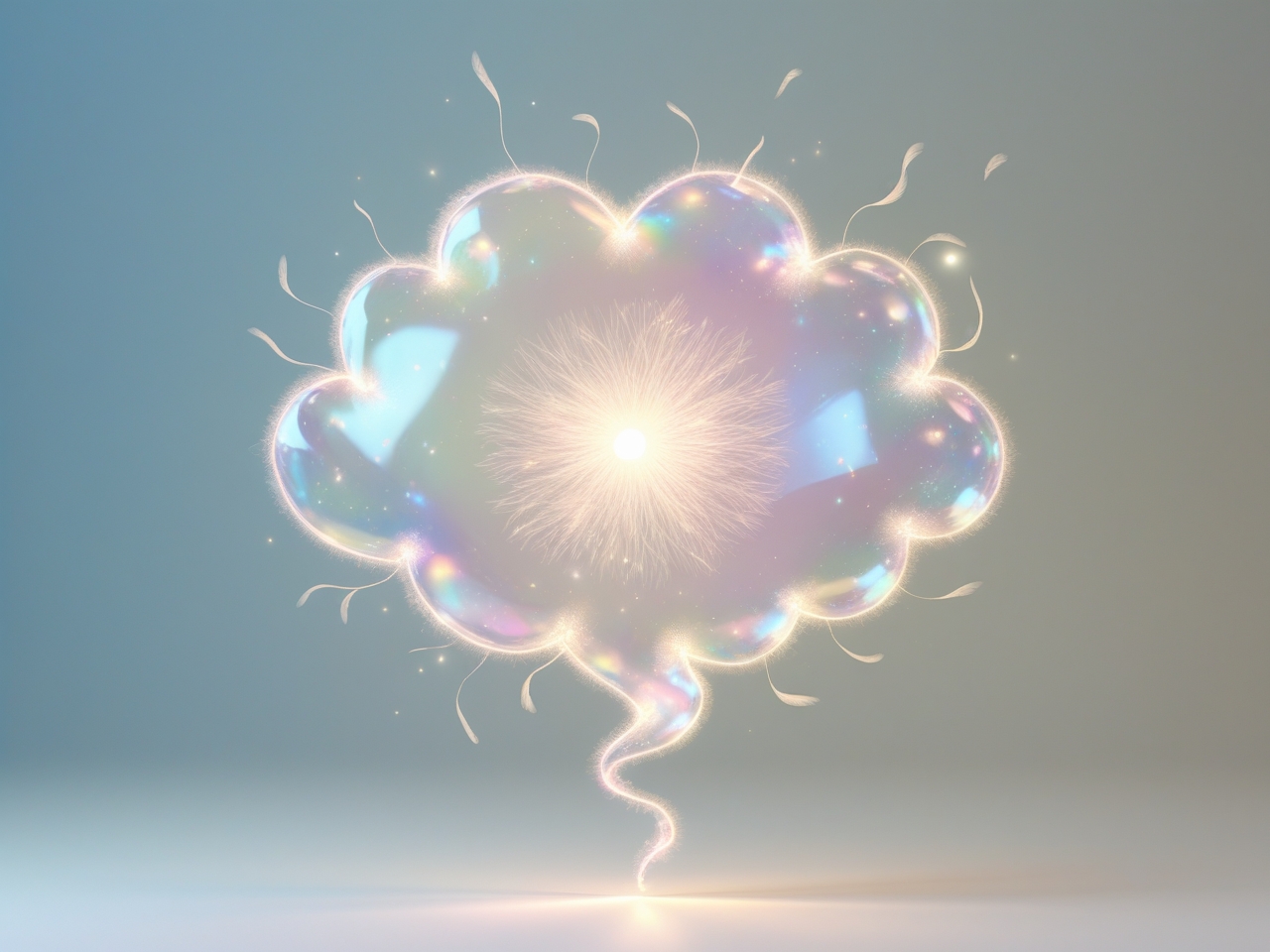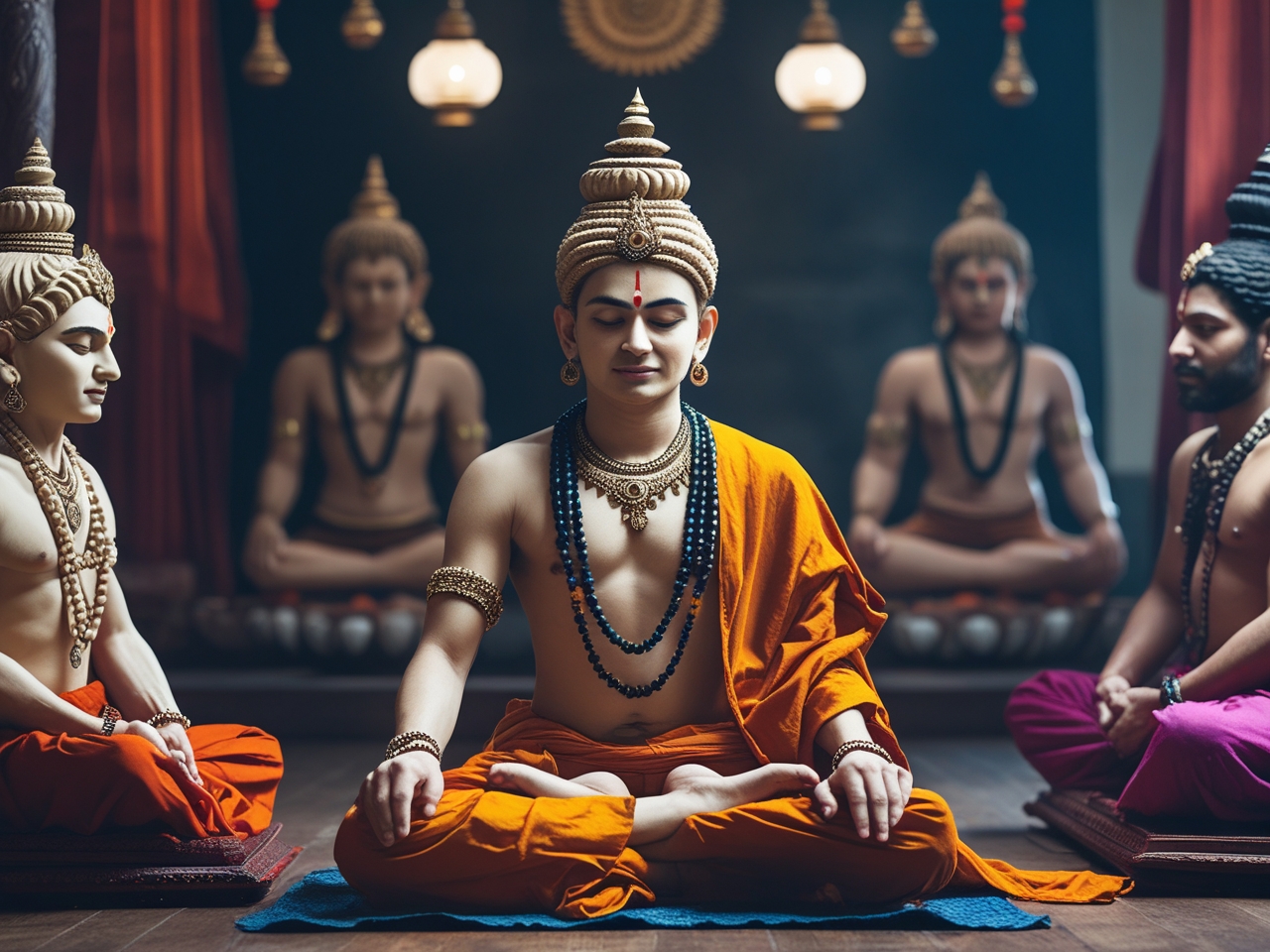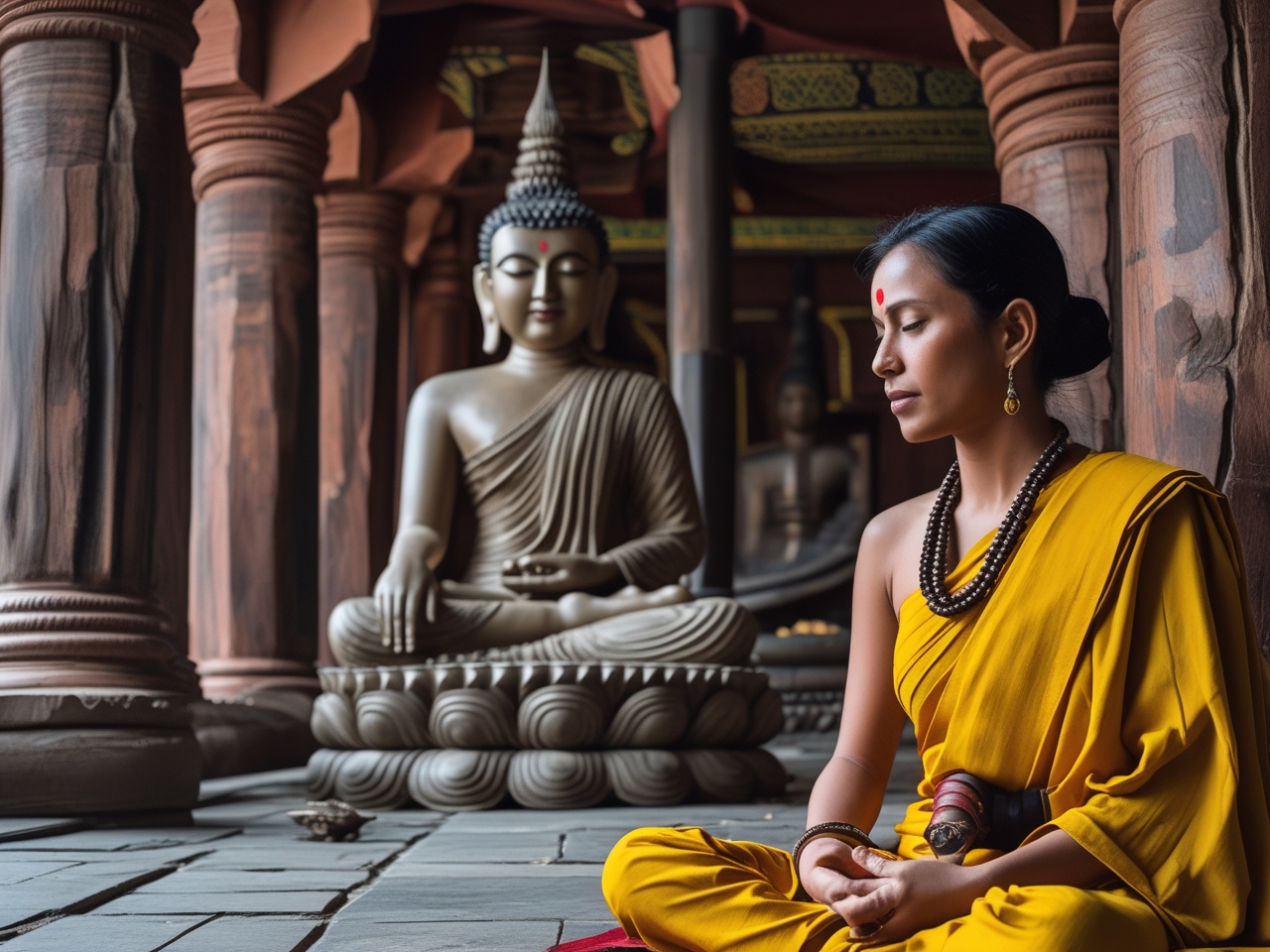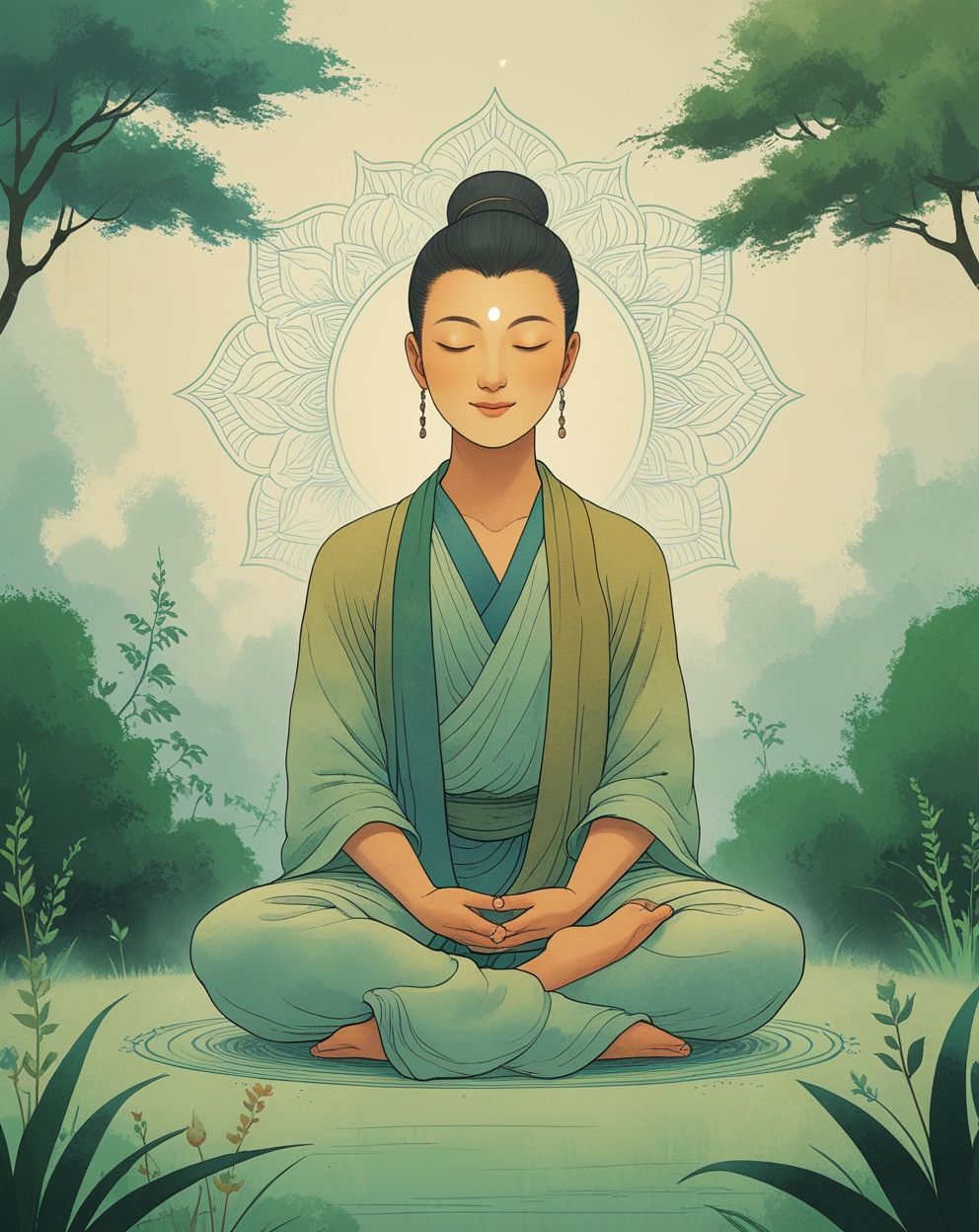Tag: Panna (Wisdom)

From the moment a being’s life begins, every single moment of consciousness (the lifespan of a thought, which, for ease of understanding, can be approximated to one part out of 660 millionths of a second) is like a tossed coin. It spins, turning towards attachment (greed) or aversion (hatred). The final consciousness of a life,…

From the day we are born until the moment we die, we strive to control our body and mind. According to Buddhist teachings, a being is a collection of twelve sense bases. These are: eye, ear, nose, tongue, body, and mind, along with their corresponding objects: sights, sounds, smells, tastes, touches, and mental phenomena. When…

Karma is the good or bad action we perform. There is always a reaction to it, either in this life or the next. Buddhist teachings state that at the moment of death, the final thought, known as the ‘cuti citta,’ arises. This is the result of past karma. At the moment of death, we experience…

According to Buddhist teachings, “oja/vitality” is essential for the sustenance and invigoration of our physical bodies. Ancient Buddhist texts describe four ways this vital energy is supplied: “Oja/vitality” is distributed to our physical body through these four channels. The “Chittaja Kaya” can be enhanced by cultivating mindfulness and meditation. The “Karmaja Kaya,” “Ritujaja Kaya,” and…

According to Buddhist teachings, four primary causes lead us to perform unwholesome actions (akusala). The Buddha describes these as the “akusala sadharana” (common unwholesome factors). They are: These are mental qualities or tendencies. These are four of the fifty-two mental factors (cetasikas) are contained within the mind. බෞද්ධ ඉගැන්වීම් වලට අනුව, අප අතින් අකුසල් වීමට…

There is a type of consciousness called ‘Bhavanga Citta.’ These are the consciousnesses of the passing away consciousness of the previous life and the rebirth consciousness of the present life. These are the defiled consciousnesses that arise throughout the day without effort and with effort. These are also called ‘Sankhara’ (mental formations). As one gradually…

If one is fortunate enough to be reborn into a favorable human existence, the virtues cultivated in previous lives must be relearned from the beginning, further developed, and meritorious deeds must be performed, as there is no memory of past lives. The debts owed to Mara (the lord of death) in this life end with…

By minimizing indulgence in the five senses and observing the world’s natural laws, one can realize the world’s true nature as suffering (dukkha). Through this, to dispel the darkness of ignorance (avijjā), one should follow the Middle Path, that is, practice from the right view (sammā diṭṭhi) to the right concentration (sammā samādhi) with body,…

Understanding that there is nothing to lose, mentally letting go of everything, engaging in work without attachment, and living correctly are all examples of following the Middle Path. නැති වීමට දෙයක් නැති බව දැනගෙන හැමදෙයක්ම හිතින් අතහැර , ඇලීමක් නැතිව වැඩ වල නිරත වෙමින් නිවැරදිව ජීවත් වීම මැදුම් පිලිවෙත අනුගමනය කිරීමයි.

